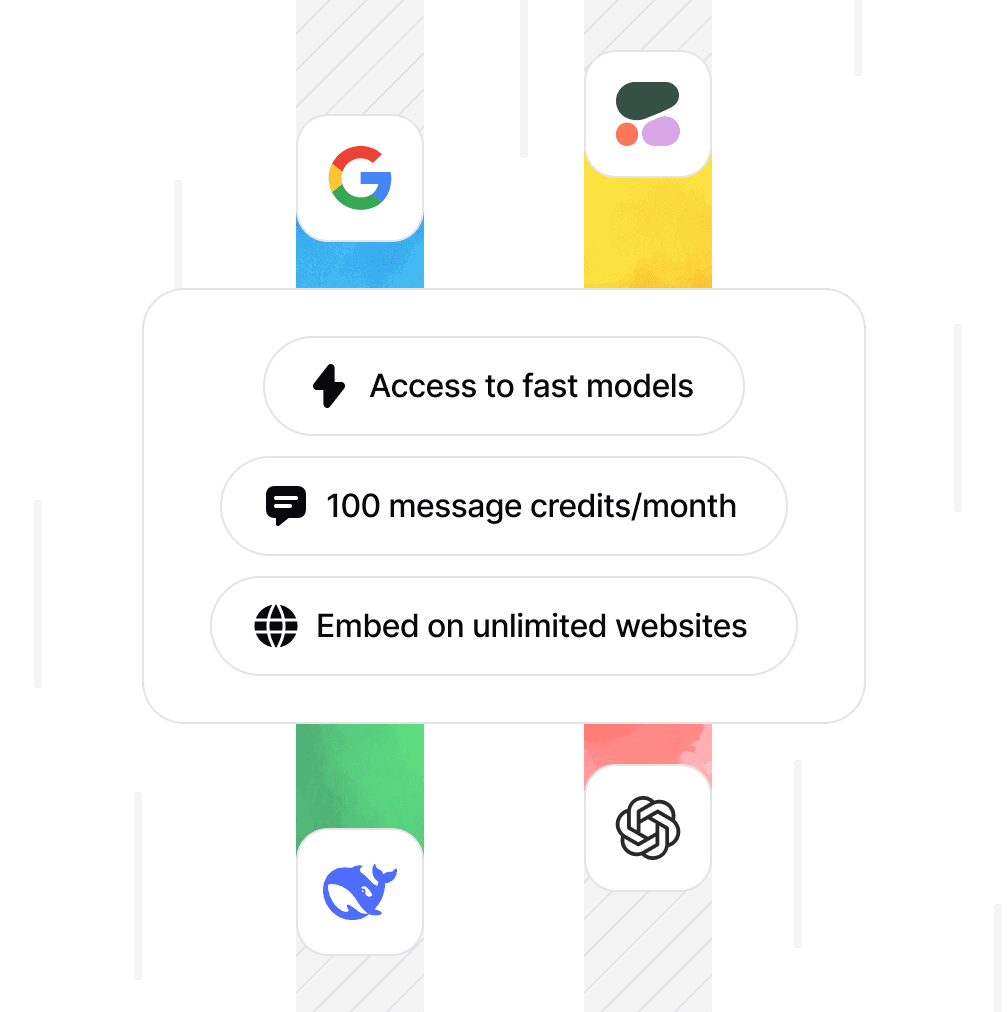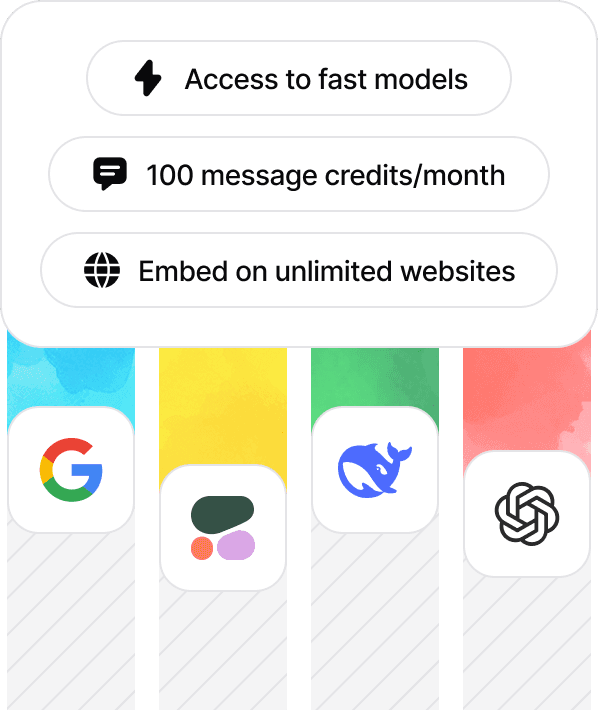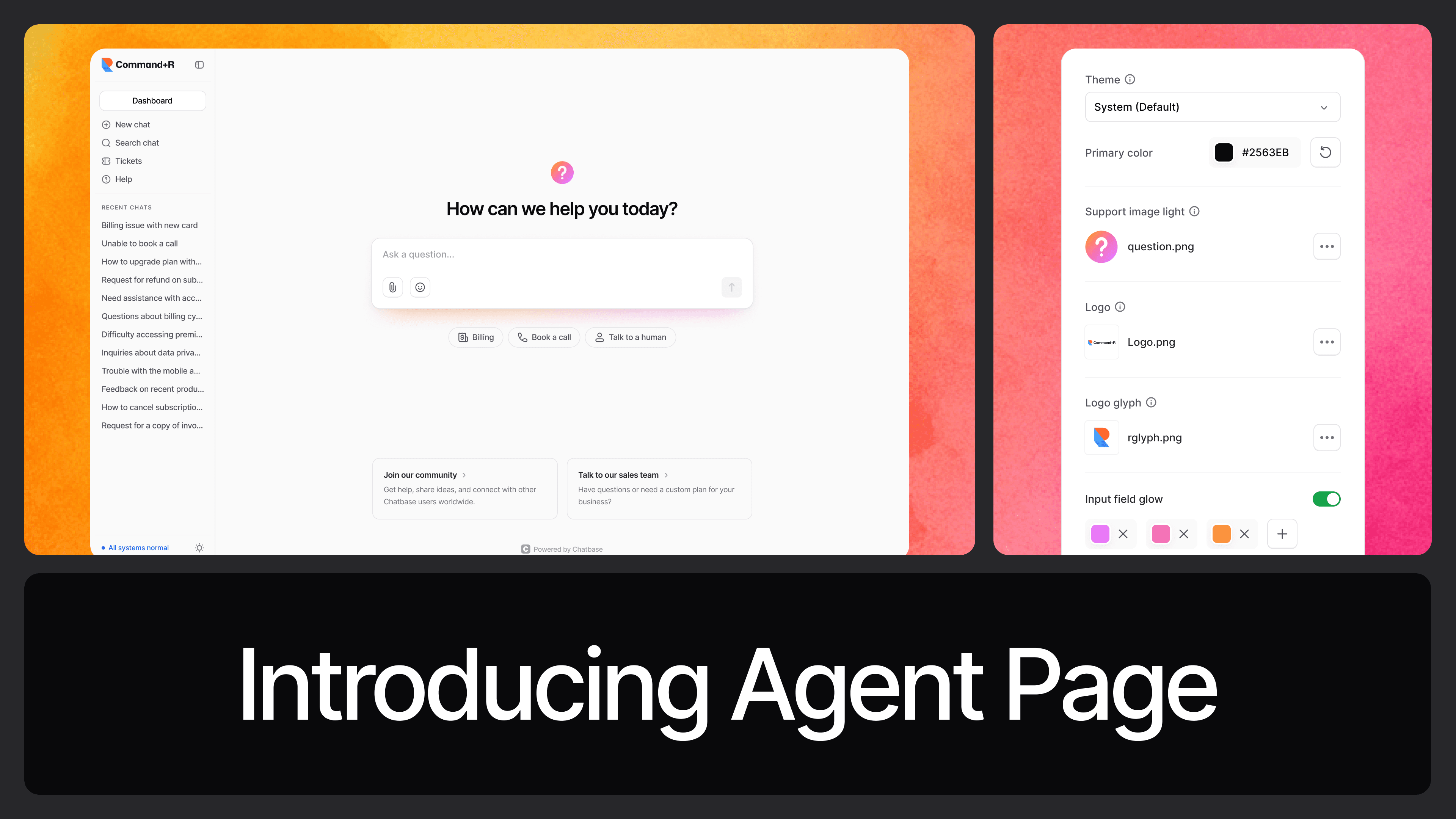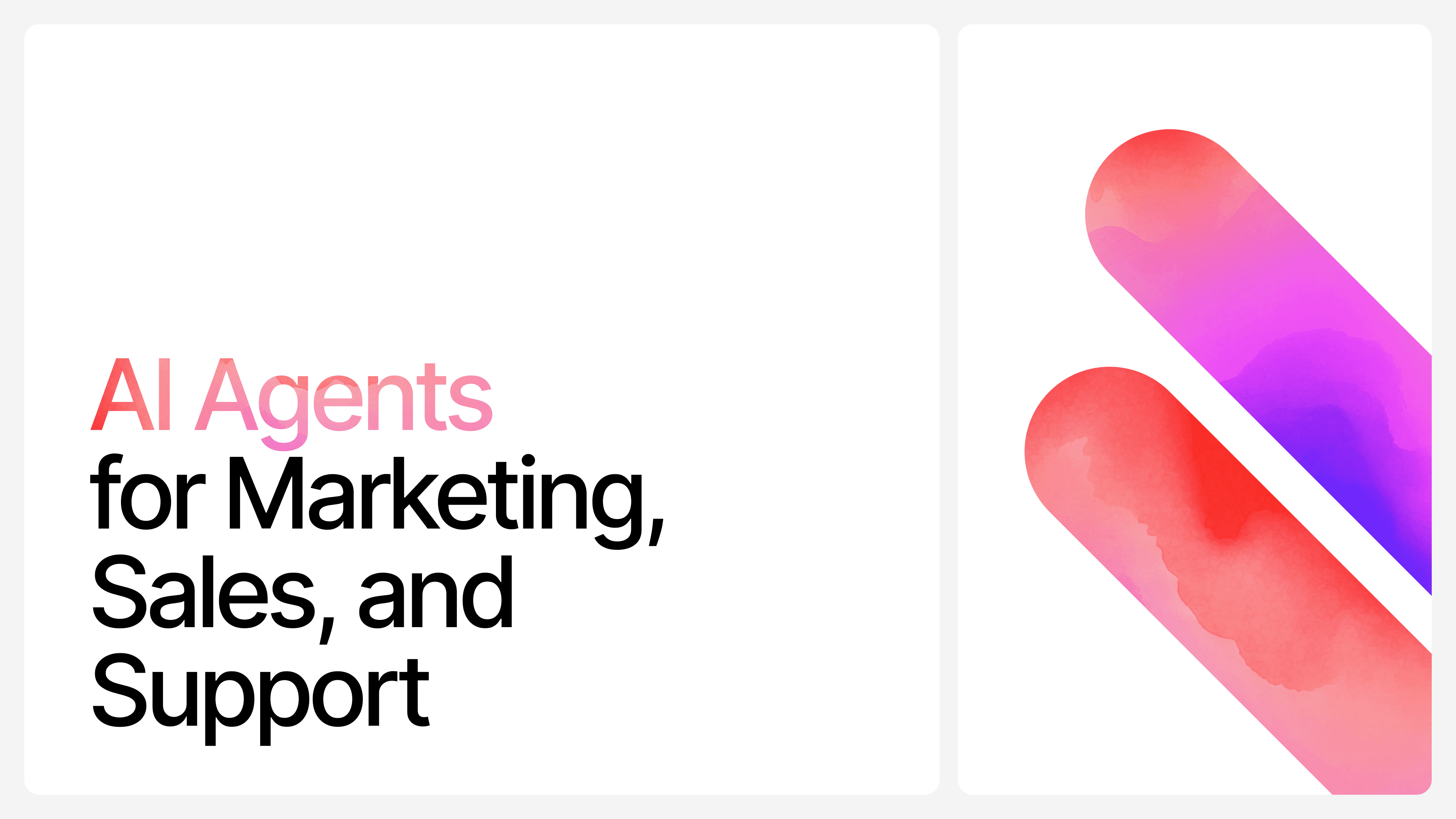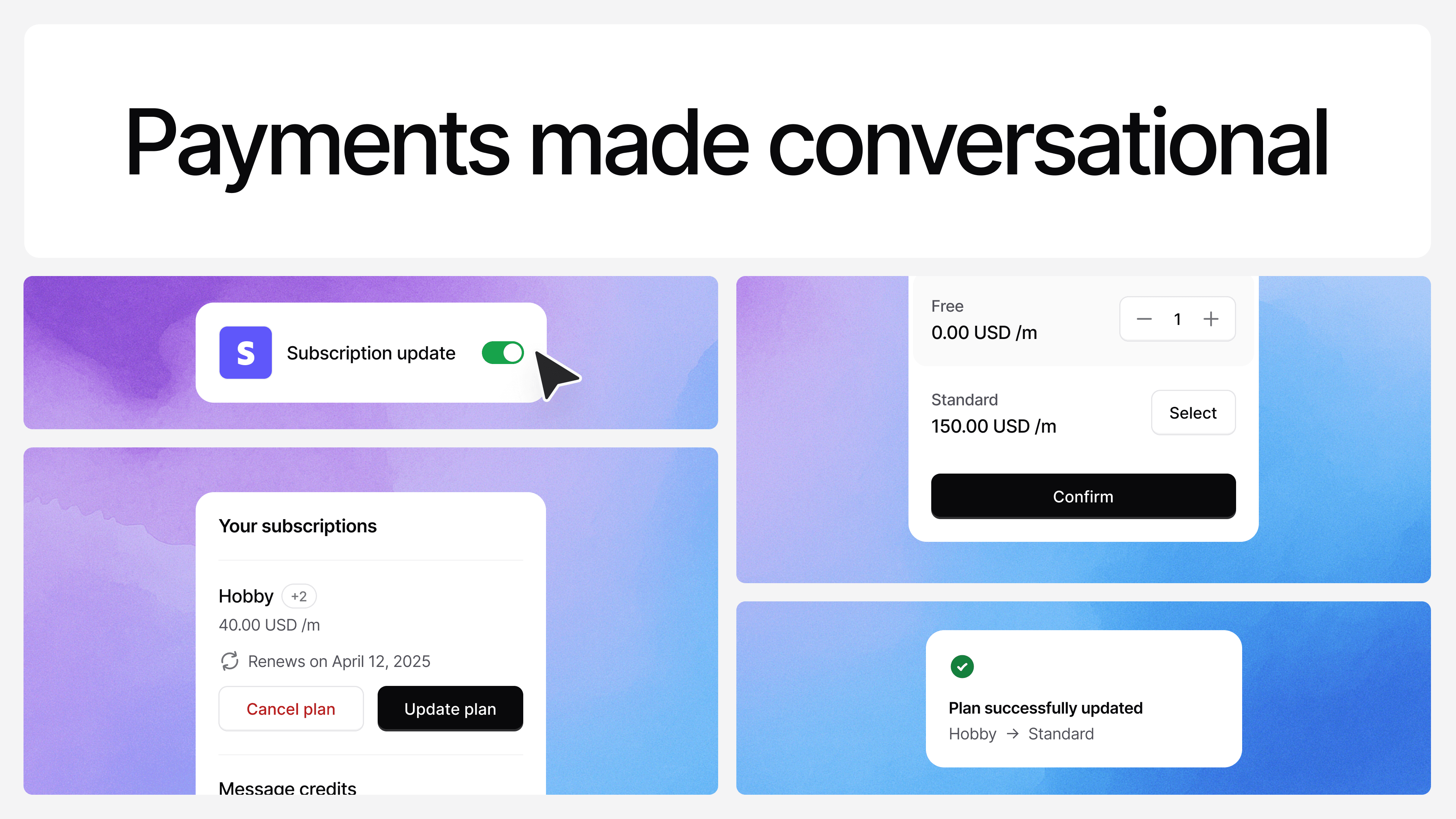A Beginner's Guide to Finetuning LLMs
Max T
Sep 24, 2024
10 min read
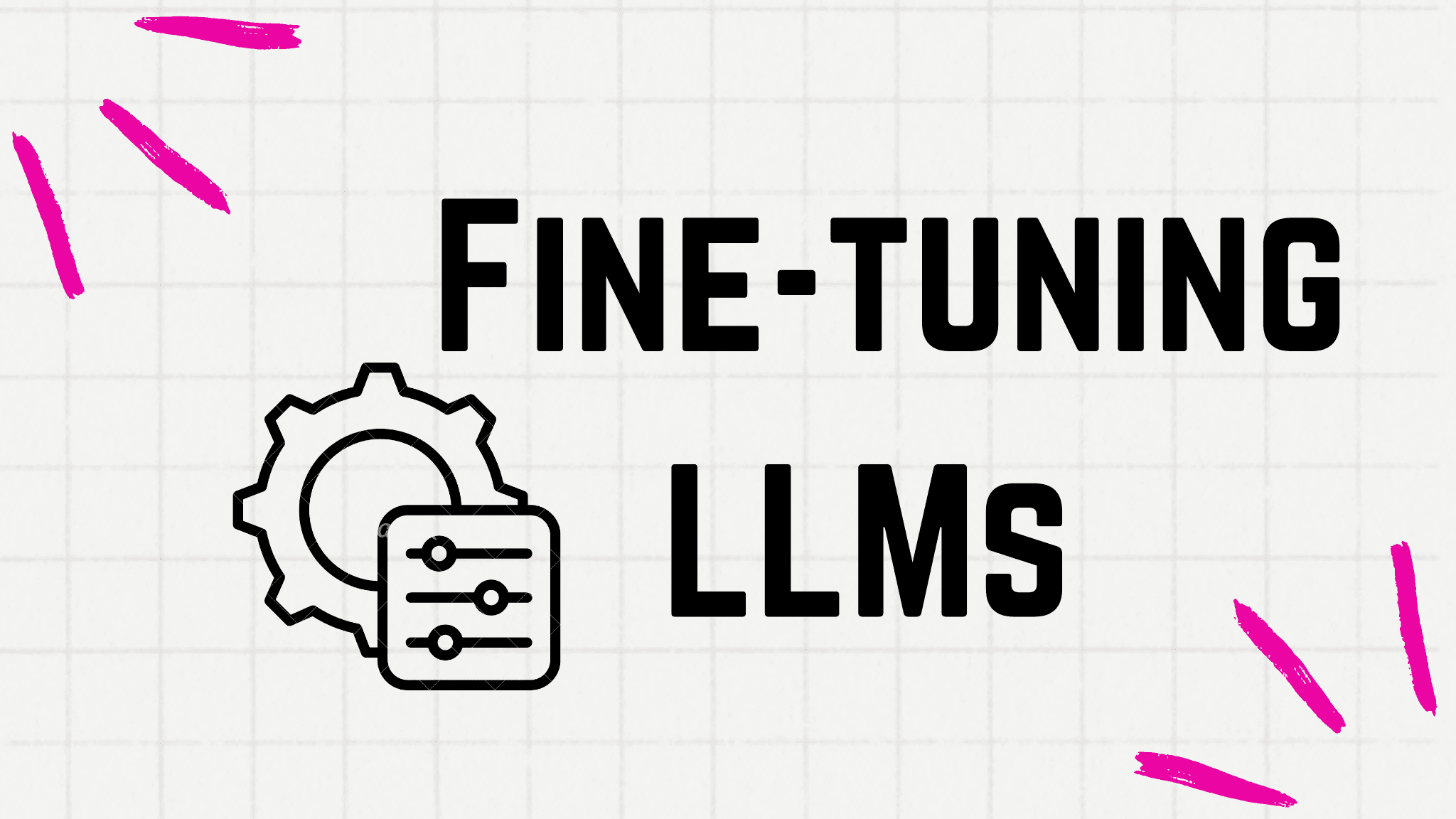
Imagine you’re working on a customer support chatbot for a company that specializes in rare and exotic flowers. You’ve trained this bot using a powerful Large Language Model (LLM) like Llama, GPT-4, Claude 3, or the Gemini 1.5 series. It’s incredible at answering general questions, writing compelling emails, and summarizing complex documents.
However, when it comes to addressing specific queries—like how to care for a rare South American orchid species—the model starts to falter. Sure, it can make educated guesses based on general knowledge, but it lacks the domain-specific expertise to provide truly accurate, actionable advice. This is a common limitation for even the most advanced models.
While models like Llama, GPT-4, Claude 3, and Gemini 1.5 can process huge amounts of text and learn from general patterns across diverse datasets, they aren't perfect for niche fields without further optimization. For instance, an LLM trained on medical data might struggle with highly technical financial queries, and vice versa. This is where fine-tuning comes in.
What Is Fine-Tuning?
Fine-tuning refers to the process of taking a pre-trained Large Language Model (LLM) and training it further on a smaller, specialized dataset to adapt it for a specific task or domain. Think of it like refining a broad set of skills into expertise on a particular topic. This additional training hones the model's knowledge, allowing it to generate more accurate, context-specific outputs.
When we say a model is pre-trained, it means that it has already been exposed to a massive dataset containing general knowledge, often covering a wide range of subjects. However, this general training lacks the depth needed to perform well in niche areas. Fine-tuning allows us to focus the model's attention on specific domains, enabling it to perform at a higher level in those contexts.
By exposing them to domain-specific data, we can enhance their ability to tackle specialized tasks—whether it’s answering rare flower queries, writing legal contracts, or processing medical diagnoses with greater accuracy.
Finetuning transforms a generalist model into a specialist, allowing it to excel in specific applications where precision is key.
Let’s see some hard examples.
Legal Document Drafting
Imagine a law firm that wants to automate parts of the legal drafting process. While a pre-trained LLM like GPT-4 can generically generate contracts or legal agreements, it might miss certain technical jargon or legal nuances unique to a specific country's judicial system. By fine-tuning the LLM on a dataset of legal documents, case studies, and regulations from that specific country, the model becomes much better at drafting legally accurate documents, understanding case law, and avoiding mistakes that could arise from having only general knowledge.
Medical Diagnosis Support
In another scenario, let's say a healthcare provider is using an LLM to assist doctors in diagnosing rare diseases. Although the general LLM might be good at suggesting common diagnoses, it could struggle with rare or highly specialized medical conditions. Fine-tuning the model on a dataset that includes specific medical literature, patient cases, and clinical studies related to these rare diseases can significantly improve its performance. It can then provide more accurate diagnostic suggestions based on the nuances of these specialized conditions.
Types of Fine-Tuning
Fine-tuning isn’t a one-size-fits-all approach. Depending on the complexity of the task and the domain specificity, different types of fine-tuning can be employed. Let’s look at the key types of fine-tuning, each with its own unique purpose and application.
Task-Specific Fine-Tuning
This type of fine-tuning is aimed at improving the model’s performance on a specific task, such as text classification, sentiment analysis, or summarization. Here, the goal is to take an already capable LLM and tailor it to excel at a defined objective, often using a supervised learning setup.
Example: Let’s say a news agency wants to automatically categorize articles into different sections—politics, sports, entertainment, etc. While a pre-trained model can classify text in a general sense, it may not do a great job with nuanced categories like distinguishing between local political news and international political news. Fine-tuning the model on labeled articles with precise categories can dramatically improve its accuracy for this specific task.
Domain-Specific Fine-Tuning
Domain-specific fine-tuning is designed to enhance the LLM’s knowledge and fluency in a particular subject area. This is especially useful when a general-purpose LLM is underperforming in fields that require technical or specialized knowledge, such as finance, medicine, or law.
Example: Consider an LLM fine-tuned on medical literature to answer complex health-related questions. Without this specialized training, the LLM might make errors when interpreting medical terminology, diagnoses, or treatment options. Domain-specific fine-tuning ensures that the model understands and can accurately interact with the specialized jargon and specific data structures of a particular domain.
Supervised Fine-Tuning
Supervised fine-tuning involves training the model on a labeled dataset where both the input and desired output are provided. This type of fine-tuning helps improve the model’s ability to map inputs to correct outputs based on explicit feedback.
Example: A company wants to build a sentiment analysis tool that accurately classifies customer feedback as positive, neutral, or negative. They collect thousands of customer reviews, labeled with the correct sentiment, and fine-tune the LLM using this labeled dataset. The supervised fine-tuning process helps the model understand patterns between phrases and sentiments, leading to higher accuracy in classifying new, unseen feedback.
Few-Shot Learning
Few-shot learning is a fine-tuning approach where the model is trained using only a small number of labeled examples. This is particularly useful when acquiring a large, domain-specific dataset is expensive or time-consuming. Few-shot learning leverages the LLM’s existing knowledge and adapts it based on just a handful of examples.
Example: A company might need the LLM to write product descriptions for a very niche market—such as rare, vintage sports memorabilia. Rather than gathering thousands of examples, the company fine-tunes the LLM using just a few descriptions of similar items. The model quickly adapts and produces high-quality descriptions based on this limited input.
Example Process of Fine-Tuning an LLM
Fine-tuning an LLM is similar to optimizing a complex system for a specialized task. Imagine you’re configuring a powerful computational tool to assist with drafting Canadian legal documents. The model already understands general language and law principles, but it needs to be tailored to the specific legal framework and terminologies used in Canada. Here’s how the fine-tuning process works step by step, using this consistent example:
Step 1: Gathering the Data (Data Collection)
First, you need a dataset that captures the nuances of Canadian legal documents. This involves collecting texts, contracts, legal statutes, and case law examples that are relevant to Canadian law. The goal is to expose the model to the specific language and formatting used in these documents.
Step 2: Adjusting the Model (Training the Model)
Next, you feed the collected legal data into the LLM during training. The model begins to understand the unique structure, vocabulary, and specific rules governing Canadian legal documents. This phase is where the LLM starts making adjustments, absorbing the critical knowledge needed to handle the intricacies of Canadian law.
Step 3: Testing the Model (Generating Specialized Responses)
After training, you test the LLM to see how well it handles writing Canadian legal documents. Before fine-tuning, the LLM might produce generic legal templates that are legally sound but not specific to Canadian requirements. After fine-tuning, the model generates responses that are much more aligned with Canadian legal standards.
- Before Fine-Tuning: The LLM produces a broad, generic clause:
- "This contract is governed by applicable laws."
- After Fine-Tuning: The LLM drafts a precise, relevant clause:
- "This agreement is governed by the laws of the Province of Ontario, Canada, including its conflict-of-law provisions."
Step 4: Refining the Model (Evaluation and Adjustment)
Once the LLM generates outputs, you evaluate the quality of the drafts. Does it use the correct Canadian legal terminology? Is it following the right format for legal clauses? You might perform another round of fine-tuning if the model still produces output that doesn’t fully align with the intended style or specific legal regulations.
This step is like reviewing the LLM’s output as if it were a junior legal assistant. You correct any inaccuracies and ensure that it correctly applies the principles of Canadian law.
Final Outcome: Tailored Legal Expertise
By the end of the fine-tuning process, the LLM is now specialized for drafting Canadian legal documents. It can handle complex legal concepts, use the proper clauses, and structure documents to meet the regulatory standards in Canada. The LLM transitions from a general legal tool to one that provides specialized assistance for Canadian law firms or businesses.
- Before Fine-Tuning: The model’s output might be legally valid but lacks the depth and precision needed for Canadian law.
- After Fine-Tuning: The model is capable of drafting thorough, precise legal documents that adhere to Canadian legal standards, saving significant time and effort for lawyers and paralegals.
This process transforms a general-purpose LLM into a highly specialized tool for drafting Canadian legal documents, ensuring that it can meet the precise requirements of the task.
How Is Fine-Tuning Different from RAG?
While both fine-tuning and Retrieval-Augmented Generation (RAG) are powerful techniques for improving the capabilities of LLMs, they serve different purposes and involve distinct processes. Understanding their differences can help determine when to use each approach based on your goals.
Fine-Tuning: Adjusting the Model Itself
Fine-tuning involves training an LLM on a specific dataset to adjust its internal weights. By exposing the model to domain-specific data, fine-tuning teaches the model to “internalize” new information and patterns. The key benefit is that the model becomes better at generating responses in that domain or for a specific task without requiring external data during inference.
Advantages of Fine-Tuning:
- Improved Precision: Fine-tuning results in a model that is highly specialized, often producing better results in specific tasks or domains.
- No External Dependencies: Once fine-tuned, the model does not need external resources (such as a knowledge base or documents) to generate accurate answers.
- Consistency: The fine-tuned model consistently applies learned patterns, resulting in uniform responses.
When Fine-Tuning is Ideal:
- You have a large and specialized dataset for training.
- The model needs to perform complex tasks that rely on specialized domain knowledge.
- Long-term use, where maintaining specialized knowledge within the model is critical (e.g., legal analysis, medical diagnosis).
RAG: Using External Knowledge Sources
Retrieval Augmented Generation (RAG), on the other hand, takes a hybrid approach. Instead of solely relying on the model’s internalized knowledge, RAG retrieves relevant external information (documents, databases, etc.) during inference and uses it to generate more accurate and context-specific responses. RAG is especially useful when the model's training data doesn't include certain up-to-date or niche information.
How RAG Works:
- The model first generates a query based on the user’s input.
- It then retrieves relevant external documents or data that match the query.
- The model uses this retrieved information to generate a response.
Advantages of RAG:
- Real-Time Knowledge: RAG allows the model to access the most recent and relevant data, even if it wasn’t part of its original training.
- Scalable: You can update the external knowledge base without having to retrain the model, making RAG a flexible solution for fast-changing fields.
- Lighter Training Needs: Since the model doesn’t need to internalize every piece of domain-specific knowledge, fine-tuning may not be required for every niche area.
When RAG is Ideal:
- The information needed is highly dynamic, such as news articles, live data feeds, or frequently updated knowledge bases.
- The model needs to answer specific, fact-based questions that may go beyond its training data (e.g., customer support queries with changing policies).
- You have a rich, structured knowledge base or database that is easy to query.
Key Differences
- Memory vs. Retrieval: Fine-tuning stores domain knowledge inside the model itself, whereas RAG dynamically retrieves relevant information from external sources.
- Training Effort: Fine-tuning requires additional training on specific data, while RAG can be deployed quickly by connecting the model to a knowledge base.
- Flexibility: RAG is more flexible when handling rapidly changing information, while fine-tuning offers more consistent, deeply integrated knowledge for specific domains.
Example Scenario:
- Fine-Tuning Case: If you’re building a medical chatbot to assist doctors in diagnosing diseases based on clinical case studies, fine-tuning the model on a medical dataset will provide more accurate results because the knowledge is embedded within the model itself.
- RAG Case: If you’re building a customer service bot that needs to provide answers based on the company’s evolving policies, RAG would be ideal. The model can retrieve and reference the latest policy documents to generate accurate responses without needing constant retraining.
Fine-tuning LLMs allows you to transform a general-purpose model into a specialized expert capable of handling niche tasks. By carefully curating data, training the model, and refining its outputs, you can achieve high precision and domain-specific expertise. However, not every task requires fine-tuning. For many practical applications, especially when you need your model to handle dynamic, up-to-date data, Retrieval-Augmented Generation (RAG) is often a better fit.
If your project demands a simpler approach to integrating custom data into an LLM, Chatbase offers an easy-to-use platform for training chatbots through RAG. With Chatbase, you can create chatbots that efficiently retrieve and utilize your data—without the need for extensive fine-tuning. Ready to simplify how your LLM consumes data? Try Chatbase today and start building smarter, more responsive chatbots!
Share this article:
